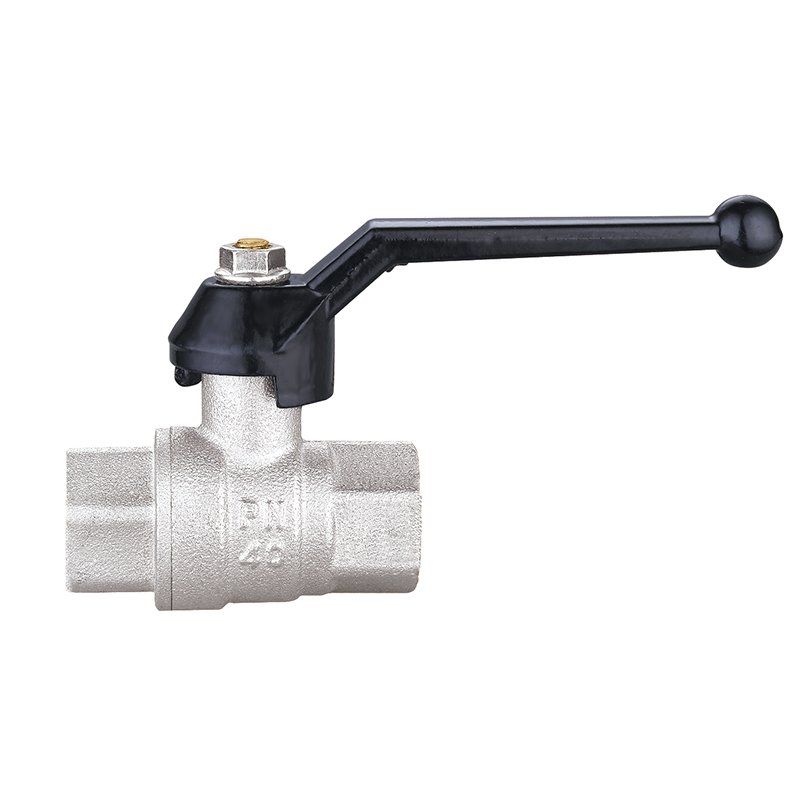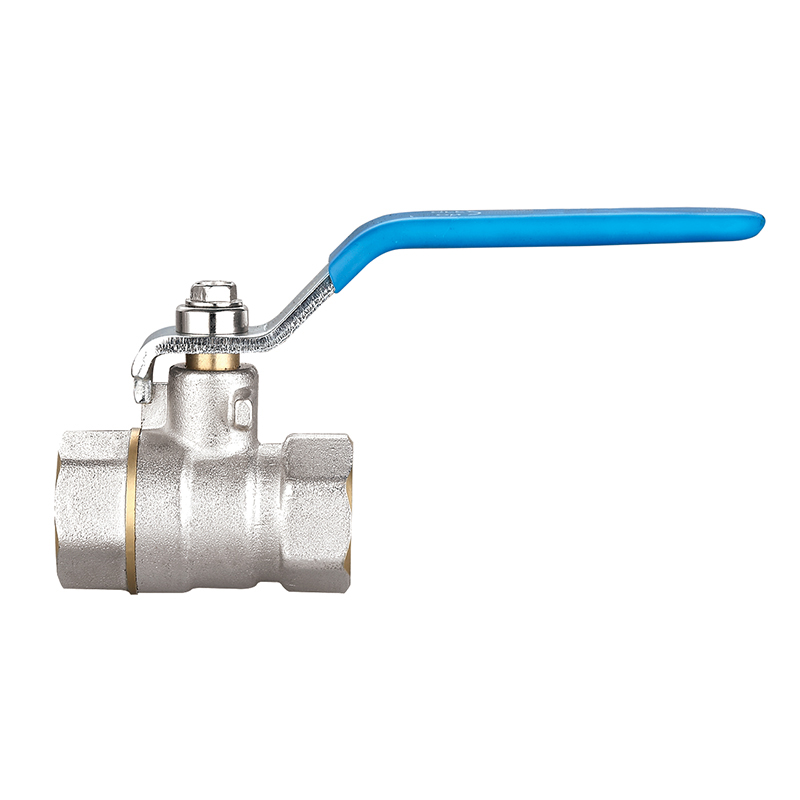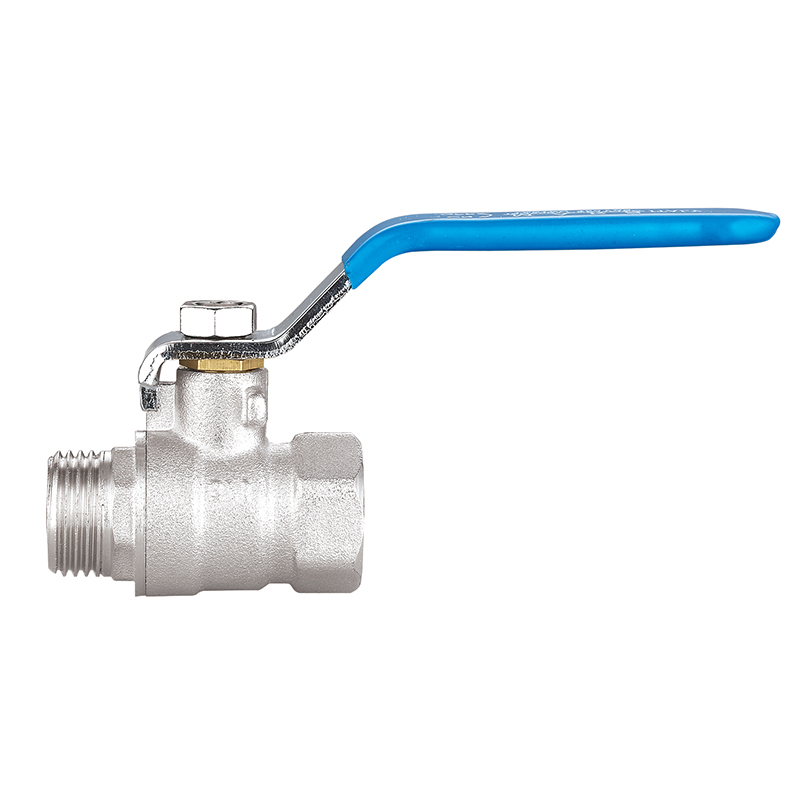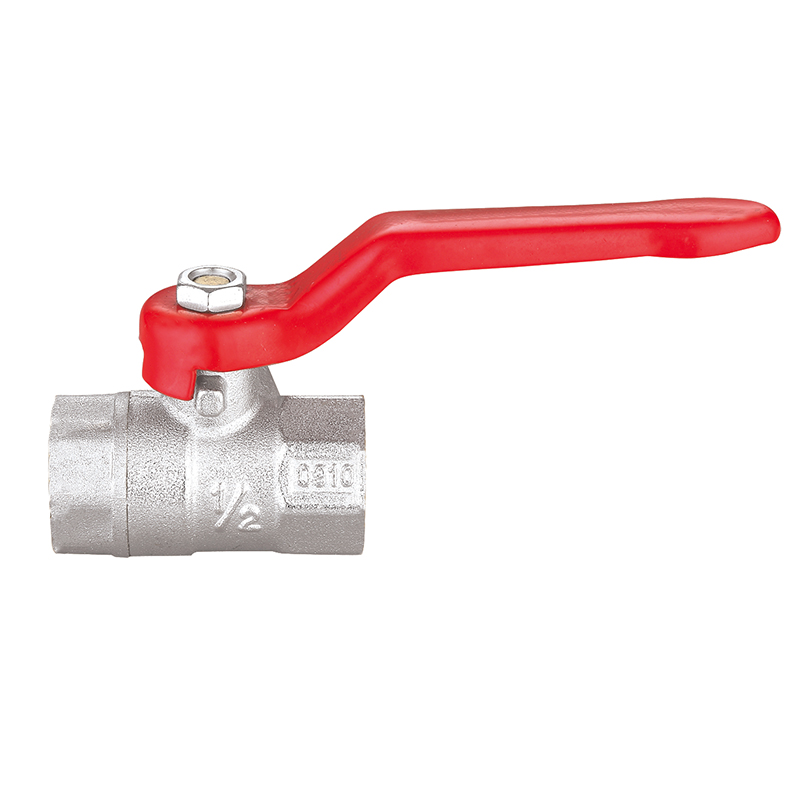Valve Technology Driving Innovation in Fluid Control Systems
2025-07-11
In the ever-evolving world of mechanical engineering, construction, and fluid transportation, valves are the unsung heroes that ensure precision, safety, and efficiency across diverse applications. From managing water in household plumbing systems to controlling industrial fluids in power plants and oil refineries, valve technologies have become central to the functionality and reliability of modern infrastructure.
With growing demands in residential, commercial, and industrial sectors, a variety of valves—including ball valves, faucets, angle valves, stop valves, check valves, and valve joints—are being developed to meet new standards of performance, sustainability, and automation.
Ball Valves: A Shift Toward Durability and Precision
Ball valves have long been appreciated for their simple yet robust design, offering tight sealing capabilities and flow resistance. Traditionally used in industrial pipelines and HVAC systems, ball valves are now being refined with better sealing materials, corrosion-resistant alloys, and advanced control mechanisms.
In industries that demand high durability under pressure—such as natural gas processing or chemical manufacturing—engineers are turning to full-port stainless steel ball valves for their flow capacity and longer service life. Meanwhile, actuated ball valves, which can be controlled remotely via pneumatic or electric systems, are rapidly becoming a standard in smart factories and process automation.
Faucets: Where Function Meets Design
In the residential and commercial plumbing space, faucets are not just functional units—they're design elements and technological tools. With rising consumer interest in hygiene and water conservation, manufacturers are introducing touchless, sensor-based faucets that limit water waste while enhancing user convenience.
Moreover, modern faucets incorporate ceramic disc technology to ensure drip-free performance and extended product life. The integration of lead-free brass and eco-friendly coatings addresses health concerns and regulatory requirements, especially in markets like the U.S. and Europe where clean water standards are tightening.

Faucets today also cater to style preferences, with minimalist, industrial, and vintage designs available in brushed nickel, matte black, or antique bronze finishes—proving that aesthetics and engineering can go hand-in-hand.
Angle Valves: Essential Control at Key Points
Angle valves, often found beneath sinks and toilets, play a crucial role in isolating water supplies during maintenance or emergencies. While these valves are usually overlooked, their importance in plumbing system reliability is undeniable.
The generation of angle valves features corrosion-resistant brass bodies, anti-rust finishes, and quarter-turn mechanisms that improve ease of use and durability. In high-humidity regions or buildings with hard water, upgraded seals and anti-scale designs are helping reduce long-term maintenance.
Additionally, manufacturers are offering color-coded and labeled angle valves to simplify installation and prevent misconnection during plumbing work—especially valuable in large-scale residential or hospitality developments.
Stop Valves: Reliable Flow Shutoff for Every System
Stop valves are another foundational component in water supply lines, allowing users to shut off flow to fixtures without disturbing the entire system. In both residential and industrial environments, stop valves help reduce water loss, prevent accidents, and facilitate easy repairs.
Recent innovations in stop valve design include tamper-proof models for public facilities and child-safe models for homes. Materials like DZR (dezincification-resistant) brass are being used to prolong valve life in aggressive water conditions, while pressure-balancing features are being added to enhance performance in complex plumbing networks.
Check Valves: Preventing Backflow with Confidence
Backflow prevention is a critical issue in plumbing and industrial systems, and check valves are the primary safeguard. These valves allow fluid to flow in only one direction, preventing contamination and ensuring system integrity.
Modern check valves are being optimized for faster response times and lower cracking pressure, making them ideal for low-flow and gravity-fed systems. Dual-plate, spring-loaded, and silent check valves are increasingly used in HVAC systems, fire suppression lines, and wastewater systems to reduce noise and eliminate water hammer.
With the rise of green building standards, check valves that minimize leakage and pressure loss are being favored in LEED-certified projects, especially in commercial and institutional buildings.
Whether you want to become our partner or need our professional guidance or support in product selections and problem solutions, our experts are always ready to help within 12 hours globally.




 русский
русский Español
Español عربى
عربى





